[caption id=“attachment_1357281” align=“alignnone” width=“940”]  P Chidambaram, Finance Minister: “I think it is accepted all around that the Indian economy has stabilised in the last 12 months or so and that we are poised to grow back step by step to the 8 percent potential growth rate,” he said. Chidambaram predicted 5 percent growth in FY14. and 6 percent for FY15./AFP[/caption]
[caption id=“attachment_1357285” align=“alignnone” width=“940”] 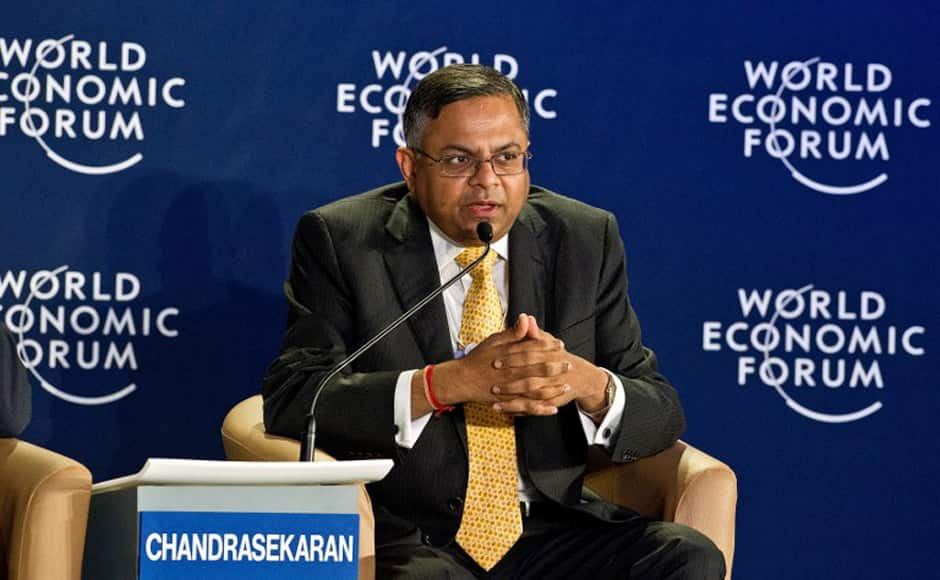 N Chandrasekaran, CEO and MD,TCS: Fundamentally everyone is watching India. They are eagerly looking forward to what the elections will end up in terms of the situation after the elections whether the growth will come back in India, whether the climate will be better, stability, policy making. So I think everyone is looking at directions but I think we need to work our way up. ButI think people still want to come to India./AFP[/caption]
[caption id=“attachment_1357289” align=“alignnone” width=“940”] 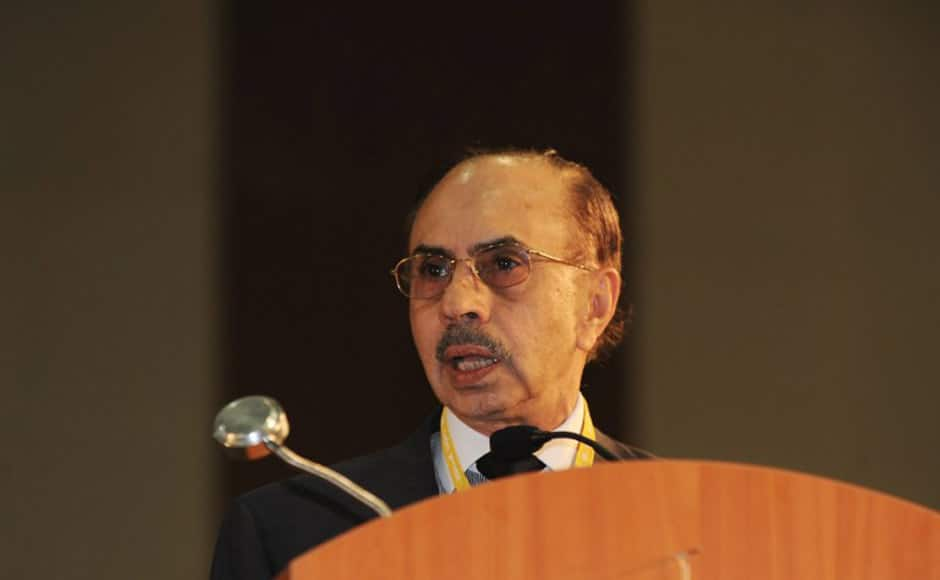 Adi Godrej, chairman, Godrej Group: The Indian billionaire predicted that interests rates will rise ‘somewhat’ in the developed world while they would fall in the developing world./AFP[/caption]
[caption id=“attachment_1357291” align=“alignnone” width=“940”] 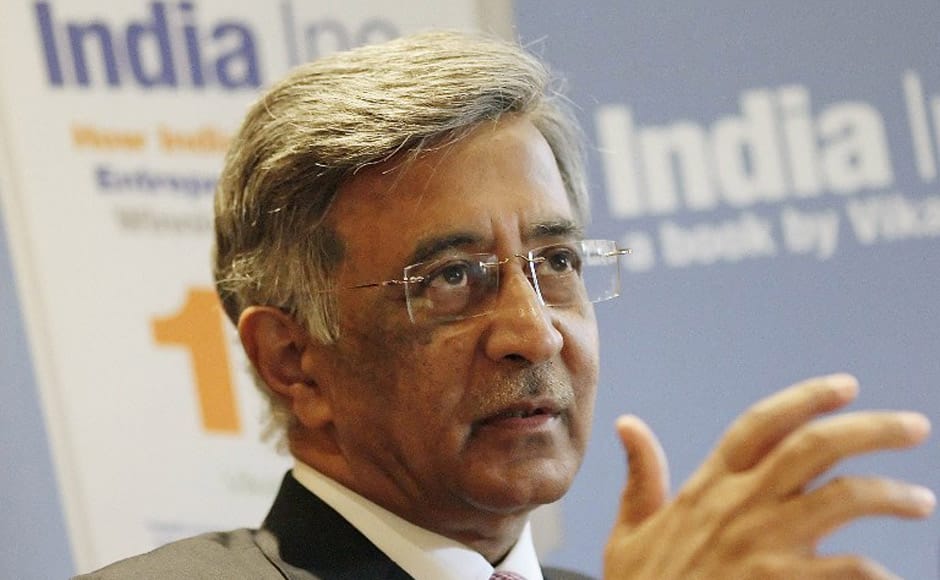 Baba Kalyani , chairman and MD, Bharat Forge : Its not an issue of the image. I think people here in Davos for many years had tremendous amount of hope and bets put on India and somehow we as a country have let them down in our own performance. They are watching and waiting for things to improve./AFP[/caption]
[caption id=“attachment_1357293” align=“alignnone” width=“940”] 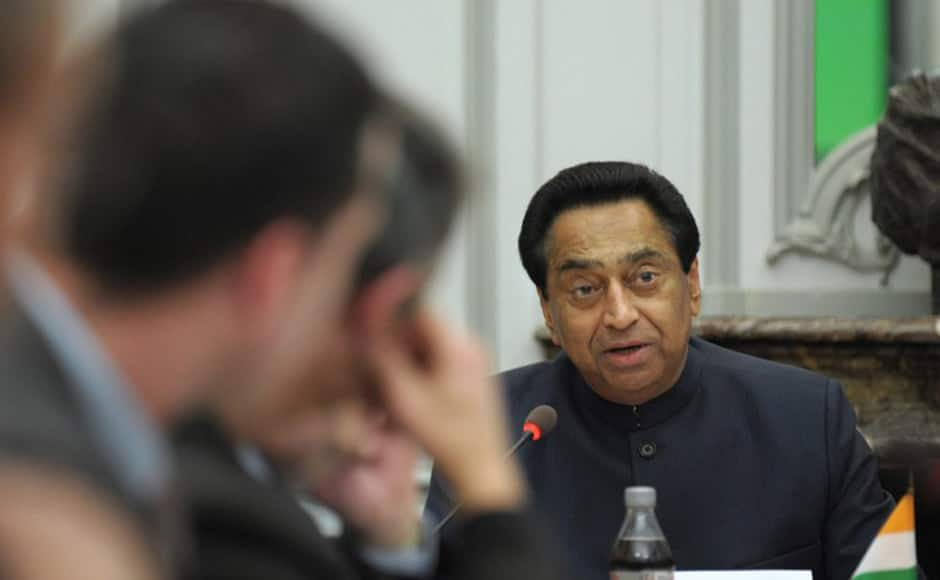 Kamal Nath, Parliamentary Affairs Minister: “I believe Congress after 10 years in government will go into the election with a high incumbency factor but with the confidence that we can win enough seats to form a coalition government. With 142 seats, we formed a coalition government in the 2004 elections."/AFP[/caption]
[caption id=“attachment_1357297” align=“alignnone” width=“940”] 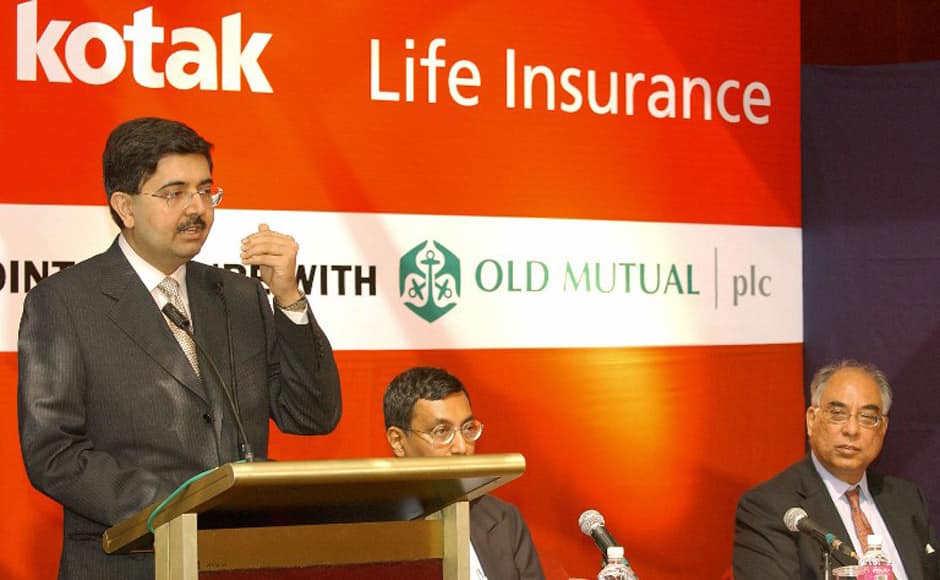 Uday Kotak, MD, Kotak Mahindra Bank: This year you don’t have any major global issue; nothing which is shattering. There is no European crisis, there is no global financial crisis, there is no Iraq and there is no Afghanistan. It almost seems like a Davos without any major global issue at this point of time. If at all one gets a sense that global economy is in a sense of repair and improvement. Europe, people still believe will be slow but looks like nobody is expecting a crisis. The US as well no crisis expected, maybe growth a little slower than what people would have liked but no major issues on the global agenda as it looks today. However, having been at Davos for many years I have found that when Davos looks very clam you have to be careful because there is always some storm coming some point of time./AFP[/caption]
[caption id=“attachment_1357299” align=“alignnone” width=“940”] 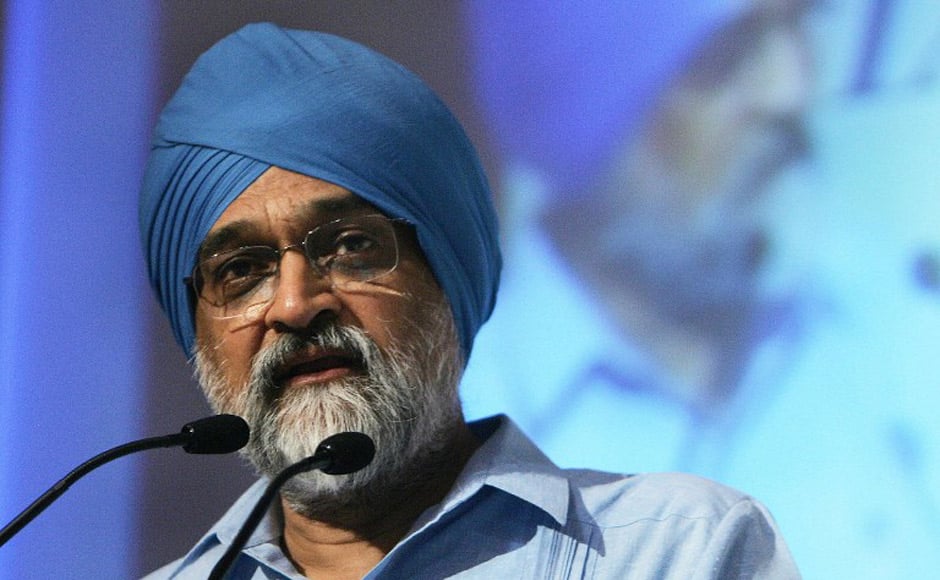 Montek Singh Ahluwalia, Planning Commission Deputy Chairman: “Ringing alarm bells is not right for a country that is already growing at 5 per cent and has potential to grow over 6 per cent and even 7.5 percent in the long term."/AFP[/caption]
[caption id=“attachment_1357301” align=“alignnone” width=“940”]
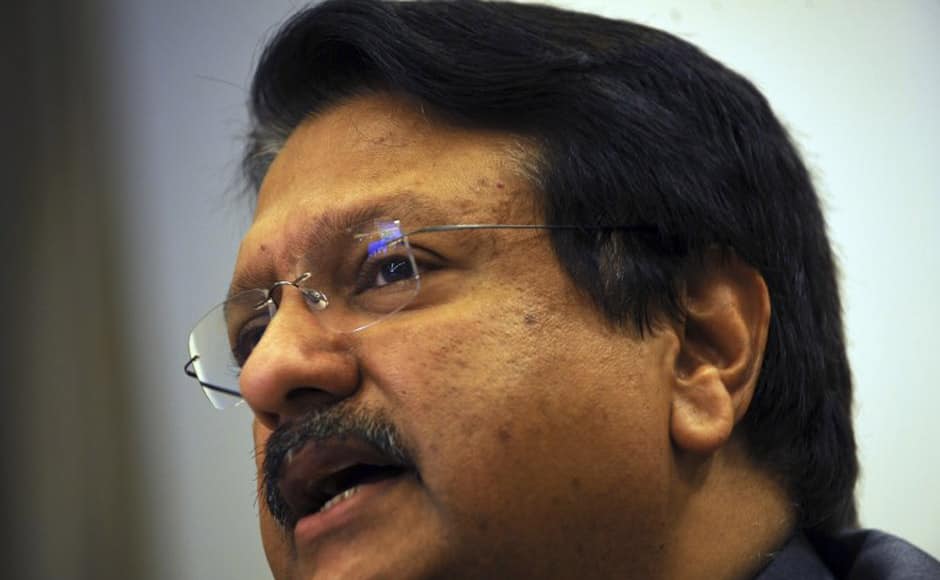 Ajay Piramal, chairman, Pirmal Group: India was really mentioned more in passing than in really substantive terms and I remember just a few years ago India used to be mentioned much more than what it is today. So I think there is still a while to go before we are recognised as a strong power back again.
We have to take a firm stand on some issues and that’s what the government needs to do rather than just yield to public opinion, not all of which is always informed. Just to give you an example of the pharma industry, even now the number 1 company has 7 percent market share, there is in fact so much of competition that there is no dominance. Every product there are 50-100 manufacturers and marketers for it, I don’t understand why we did this, it just put off a lot of foreign investment./AFP[/caption]
[caption id=“attachment_1357303” align=“alignnone” width=“940”] 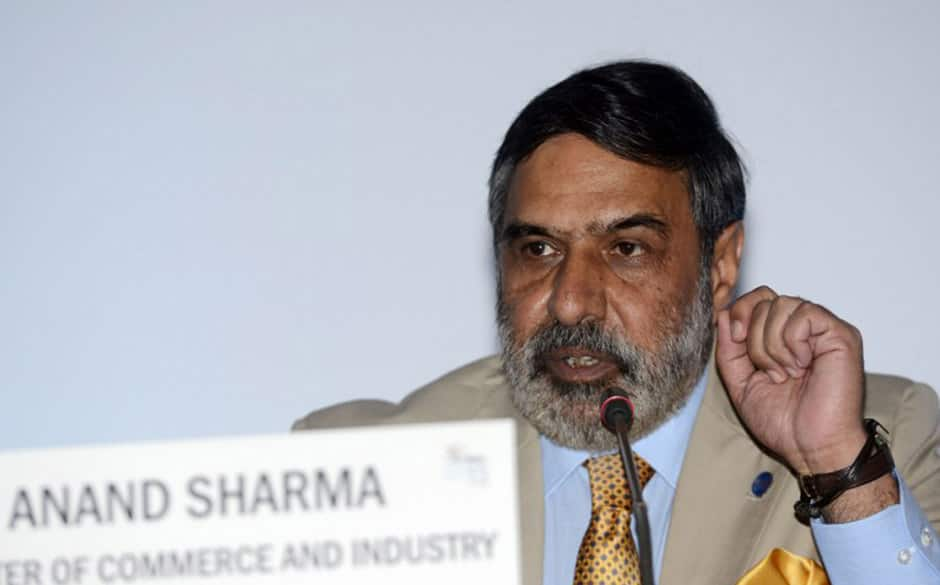 Anand Sharma, Commerce and Industry Minister: “India aims to raise manufacturing (sector’s) share of GDP from 16 percent to 25 percent and create 100 million skilled jobs.” The goal is to reach the target by 2022. The push to increase manufacturing and exports comes after the latter came in at a lowly six percent in November 2013./AFP[/caption]


)
)
)
)
)
)
)
)
)



